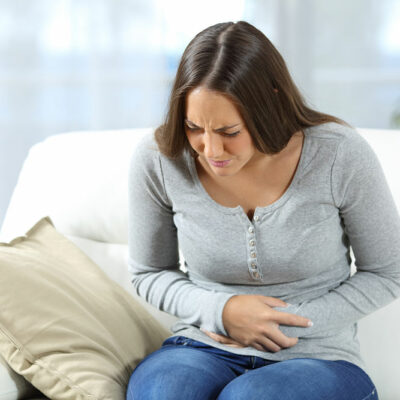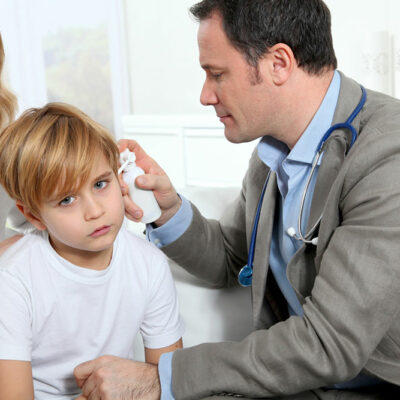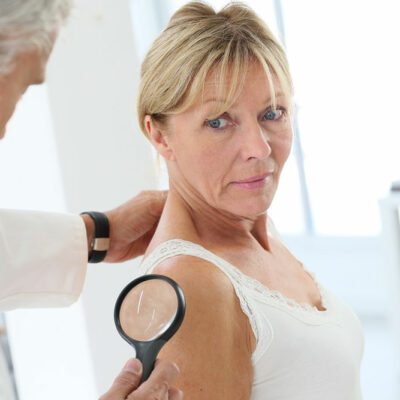
Menopause vs. Perimenopause: What’s the Difference
Menopause is a natural process of aging in which a woman ceases to be fertile after a certain age. This age tends to vary from person-to-person as it is based on a number of factors. While perimenopause is a stage that is also known as “pre menopause” it happens before menopause and hence, is known as the transitional phase. Even though both may sound similar, there are differences observed between them in terms of symptoms and treatment. Let’s take a look at the difference between the symptoms and treatment of perimenopause and menopause:
Signs of perimenopause
During the period of perimenopause, the body process less and less of the hormones that control a woman’s periods namely, estrogen and progesterone. The symptoms of perimenopause usually include:
- Periods heavier or lighter than usual
- Tenderness of breasts
- Having an irregular menstrual cycle
- PMS being worse than usual
- Increase in heartbeat
- Gaining weight
- Changes in hair
- Difficulty in concentration
- Having severe headaches
- Loss of sex drive
- Having pain in muscles
- Forgetfulness
- Urinary tract infections
- Issues in fertility for women who are trying to conceive
Symptoms of menopause
As estrogen levels further drop in menopause, along with the symptoms of perimenopause, there are also some other symptoms one might experience. These symptoms are:
- Night sweats
- Dry skin
- Depression
- Vaginal dryness
- Mood swings
- Irritability
- Tiredness
- Finding it difficult to sleep
- Frequent urination
- Perimenopause and menopause may also lead to a spike in cholesterol levels
Treatment for perimenopause
In order to cope with the signs and symptoms of perimenopause, it is essential to enhance your overall well-being. Below are the lifestyle changes you can make:
- Quit smoking
- Limit consumption of alcohol
- Exercise regularly
- Get proper sleep and have a fixed sleeping schedule
- Try maintaining a healthy body weight
- Consume foods that are rich in calcium
Other treatment options include taking antidepressant medicines prescribed by the doctor to deal with the mood and behavioral changes. Depending on the sign and symptom one is facing, the doctor will design a treatment.
Treatment for menopause
There are a number of treatment options that women can pursue in order to ease and cope with the symptoms of menopause. Most women don’t seek medical advice and do not require treatment for the same. However, if the condition happens to affect the quality of life a woman is leading, it is advised to visit a doctor. The treatment options tend to vary based on the symptoms one is coping, personal preferences, and the overall medical history, the common treatment options include:
- Hormone replacement therapy (HRT)
The symptoms of menopause can be easily coped with the help of supplementing progestin and estrogen levels. It is effective in treating the troublesome symptoms of menopause, helps in preventing osteoporosis, and also lower the risk of colorectal cancer.
- Other medications
The other medications that help in reducing the symptoms of menopause are drug treatment for hot flashes, osteoporosis treatment, and low-dose antidepressants.


